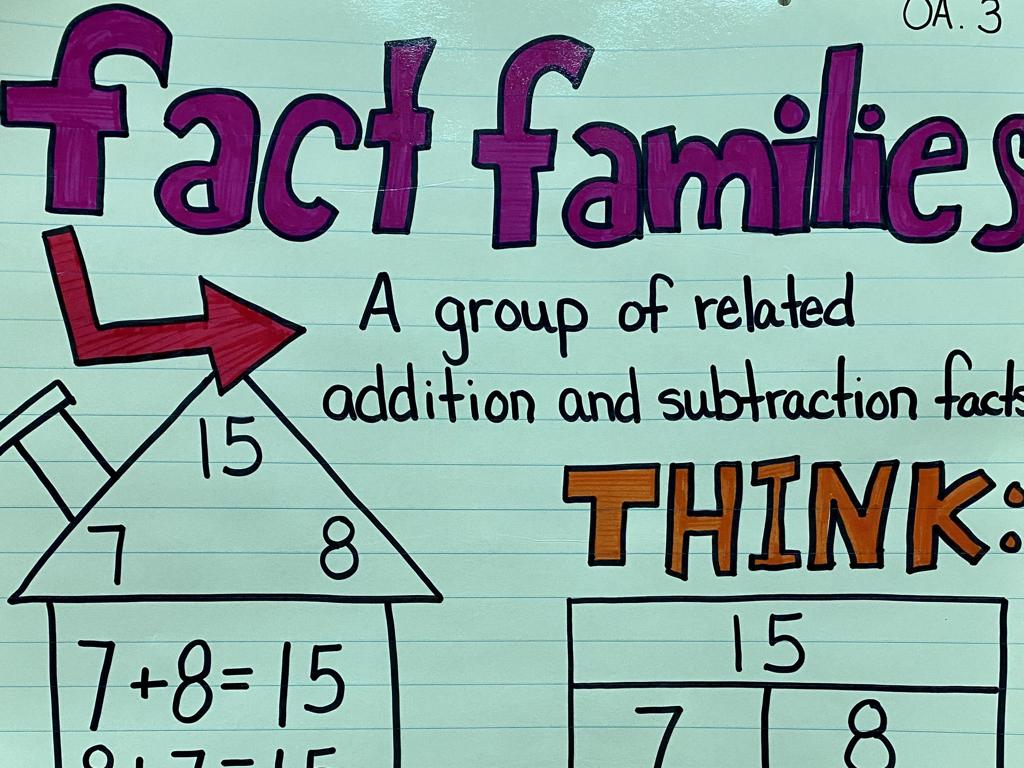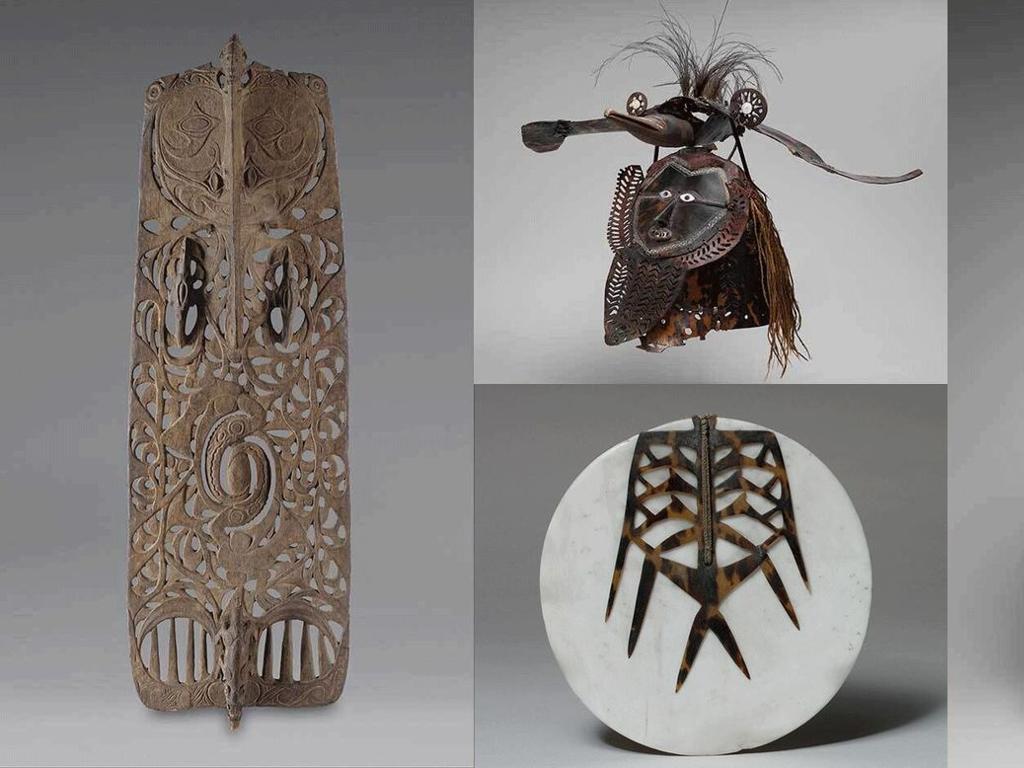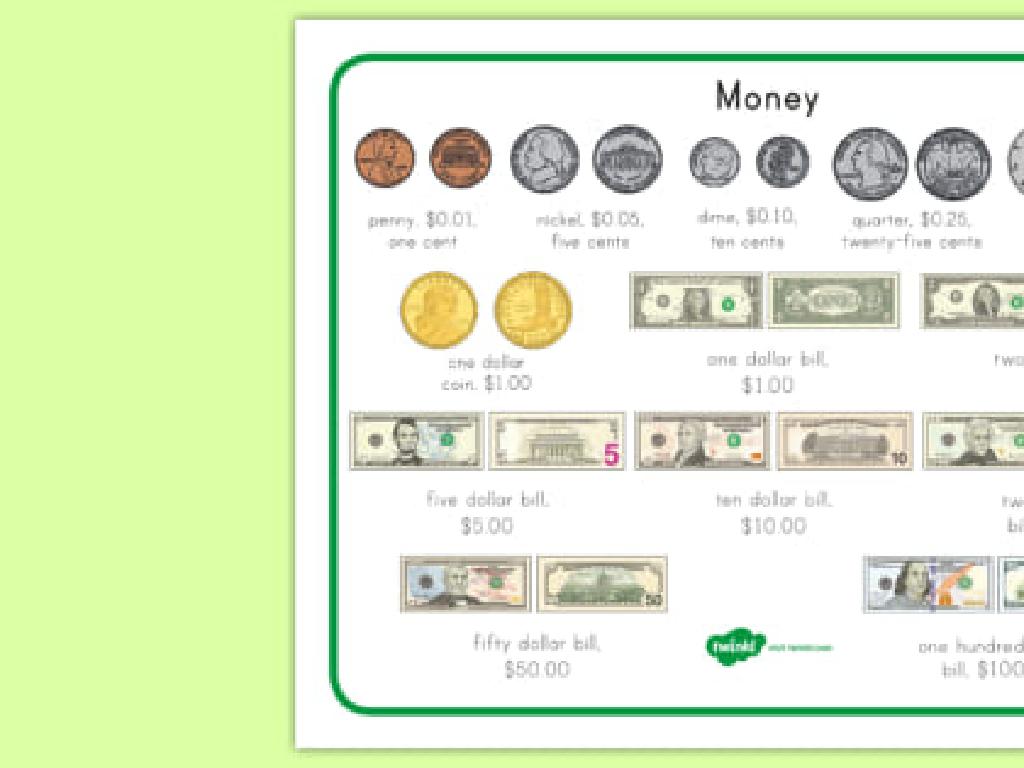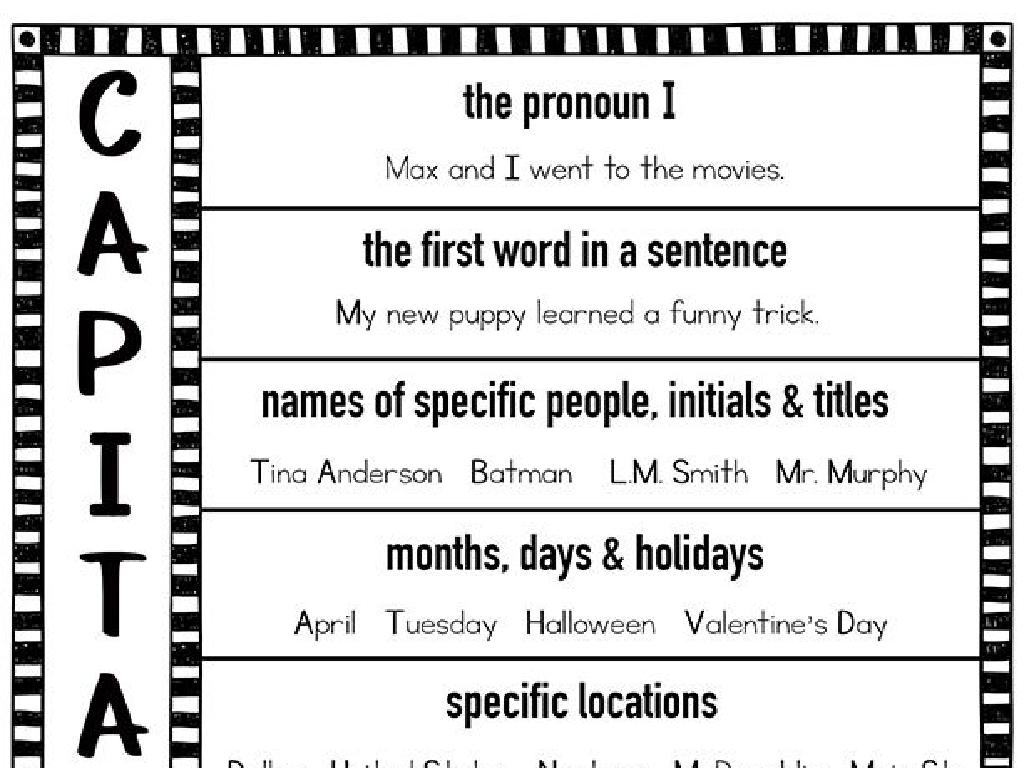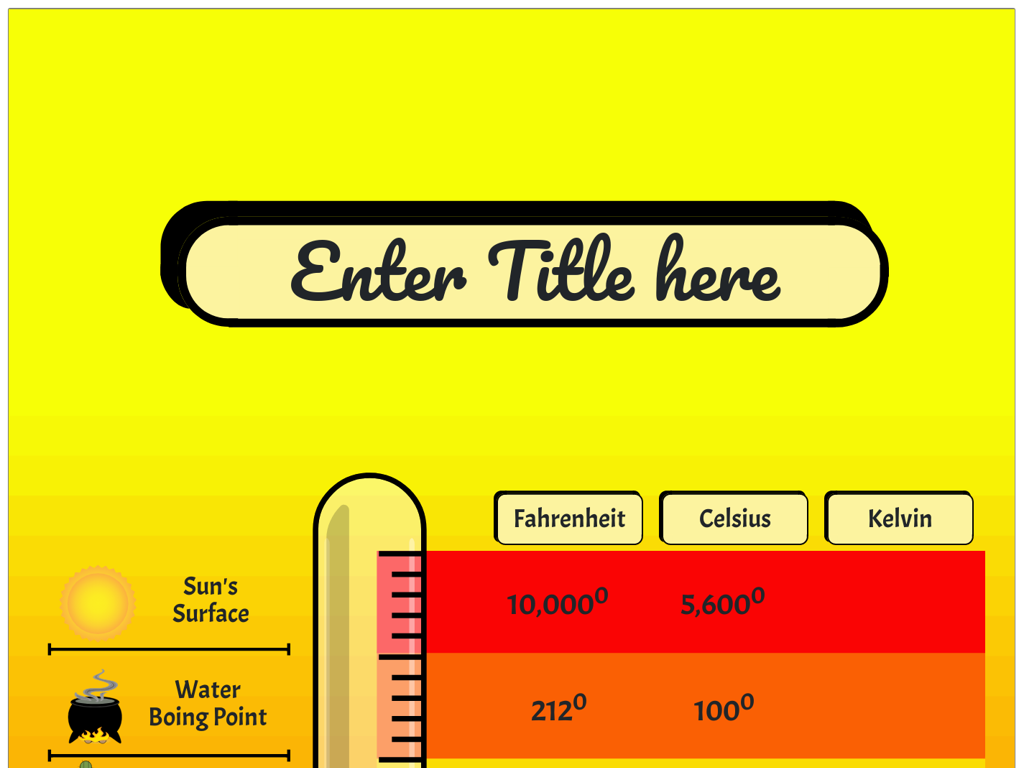Use Personification
Subject: Language arts
Grade: Seventh grade
Topic: Descriptive And Creative Writing
Please LOG IN to download the presentation. Access is available to registered users only.
View More Content
Bringing Language to Life with Personification
– Welcome to Creative Writing!
– Today’s Focus: Personification
– What is Personification?
– Assigning human qualities to non-human things
– Examples of Personification
– ‘The wind whispered secrets’, ‘Time marched on’
|
This slide introduces the concept of personification as a tool in descriptive and creative writing. Personification involves giving human characteristics, such as emotions or actions, to inanimate objects, animals, or abstract concepts. This literary device helps to create more vivid and relatable imagery in writing. For example, saying ‘the wind whispered secrets through the trees’ gives a human action (whispering secrets) to something non-human (the wind), making the description more engaging. Encourage students to think of their own examples of personification and consider how it can enhance their writing. In the next class, we’ll practice using personification to add depth and emotion to our stories and descriptions.
Exploring Personification in Writing
– Define personification
– A figure of speech where non-human things get human traits
– Human qualities to non-human
– Like saying ‘The sun smiled down on us’
– Purpose of personification
– It creates vivid imagery & emotional response
– Enhances reader connection
– Makes the writing more relatable and engaging
|
Personification is a key literary device in creative writing that allows students to add depth and emotion to their writing. By attributing human characteristics to inanimate objects, animals, or ideas, writers can create a more immersive and relatable narrative. It’s important to provide clear examples, such as ‘The wind whispered through the trees’ or ‘Time crawled to a stop’, to illustrate how personification can bring a scene to life. Encourage students to think of their own examples and consider the effect such descriptions have on their perception of the text. Discuss how personification can evoke empathy and make abstract or non-tangible concepts easier to grasp.
Bringing Language to Life with Personification
– Wind whispering through trees
– Imagine the wind telling secrets to the leaves
– Time crawling until vacation
– Feel the slow pace as we wait for summer
– Sun smiling down on us
– Picture the sun showing its warmth like a smile
|
Personification is a literary device where non-human elements are given human characteristics. It’s a powerful tool in descriptive and creative writing that helps readers connect emotionally with the text. For example, saying ‘the wind whispered through the trees’ suggests a gentle and hushed movement, creating a serene atmosphere. When we say ‘time crawled until summer vacation,’ it emphasizes the feeling of impatience and the slow passage of time. ‘The sun smiled down on us’ evokes a sense of warmth and happiness. Encourage students to think of their own examples of personification and how it can enhance their writing by making descriptions more vivid and engaging.
Identifying Personification in Writing
– Spotting personification
– Human qualities in non-humans
– Like a car ‘smiling’ with its shiny grille
– Effect on sentences or stories
– Personification can make descriptions more vivid and engaging
– Practice with examples
– ‘The wind whispered through the trees’ shows the wind ‘speaking’ like a human
|
Personification is a literary device where non-human objects or concepts are given human characteristics. To identify personification, students should look for descriptions where objects or animals perform actions or exhibit emotions typically associated with humans. For example, saying ‘the sun smiled down on us’ gives the sun the human ability to smile, which adds warmth and a sense of cheerfulness to the description. Discuss how personification affects the reader’s imagination and understanding of the text. Encourage students to find their own examples of personification in their favorite books or poems and consider the impact these have on the narrative or imagery.
Crafting Personification in Writing
– Select an object or idea
– Choose something non-human to describe
– Assign human traits or actions
– Think of human qualities like emotions or behaviors
– Compose a personified sentence
– Use your object and traits to write a creative sentence
– Enliven your writing with personification
|
This slide is aimed at guiding students through the process of using personification in their writing. Personification is a literary device where non-human objects or ideas are given human attributes. This can make descriptions more vivid and engaging. Start by choosing an inanimate object or abstract idea. Next, think of human characteristics that you can attribute to it, such as feelings, thoughts, or actions. Then, craft a sentence that illustrates your object or idea performing a human-like action or exhibiting a human-like quality. For example, ‘The sun smiled down on the beach-goers, warming their skin and spirits.’ Encourage students to be creative and explore how personification can add depth to their writing.
Class Activity: Personification Practice
– Write a paragraph with personification
– Give life-like qualities to inanimate objects in your setting
– Describe a familiar setting
– Choose a place you know well, like a park or your bedroom
– Share with a partner and discuss
– Explain the imagery your personification creates
– Class discussion on personification
– Reflect on how personification affects your description
|
This activity is designed to help students understand and apply the concept of personification in their writing. By describing a familiar setting and attributing human-like qualities to non-human elements, students will enhance their creative writing skills. Encourage them to think about how objects in their chosen setting might move, sound, or feel if they were alive. After writing, students will pair up to share their paragraphs and discuss the imagery they’ve created. This peer review process will help them see different perspectives and uses of personification. Conclude the activity with a class discussion to reflect on the impact of personification in writing, highlighting how it can make descriptions more vivid and engaging. Provide guidance and examples as needed, and ensure that each student has a chance to share their work.
Conclusion: The Power of Personification
– Recap: Why personification shines
– Homework: Craft a story or poem
– Let your creativity flow in a short narrative or poem
– Include 3 personification examples
– Bring objects or animals to life with human traits
– Share your work for peer review
– Get ready to discuss and receive feedback in class
|
As we wrap up today’s lesson, remember that personification is a powerful tool that can make your writing more engaging and vivid by attributing human qualities to non-human entities. For homework, students are expected to write a short story or poem that includes at least three distinct examples of personification. This exercise will help them practice the skill and prepare them for the next class, where they will share their work with peers. Encourage students to be creative and think outside the box. The peer review process will allow them to give and receive constructive feedback, fostering a collaborative learning environment.

